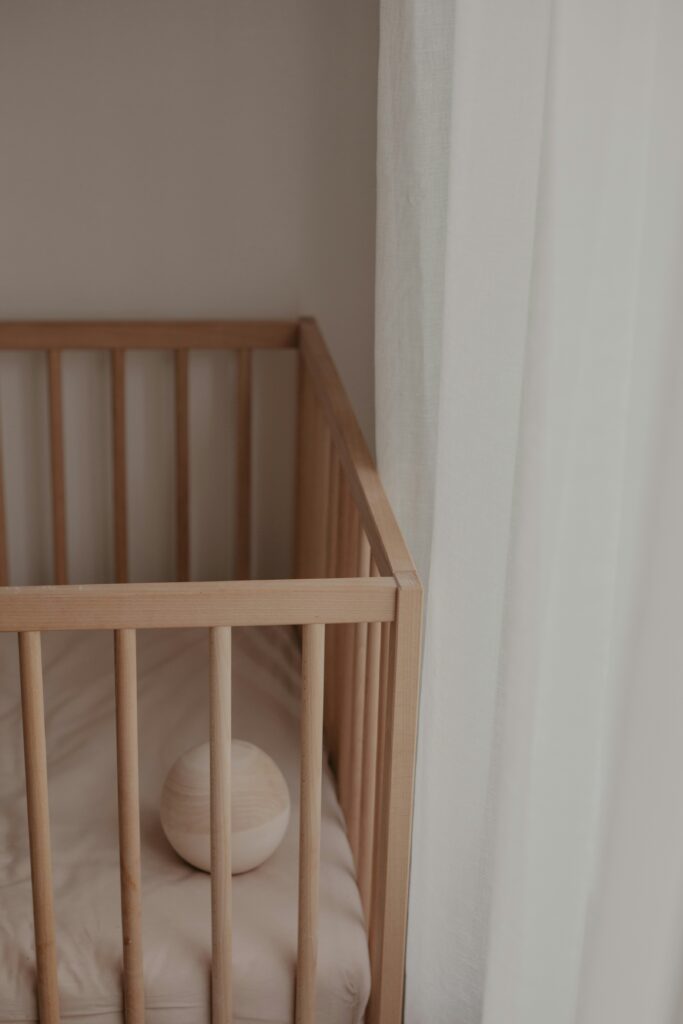
When it comes to babyproofing your home, staircases are one of the most dangerous areas. A misstep or unsupervised crawl can lead to a serious injury. That’s why installing a baby gate is a must-have for homes with infants or toddlers. But with so many types and sizes of gates available, choosing the right height and width for a stair baby gate can be overwhelming. This guide will walk you through the key considerations to help you make an informed and safe choice.
Why the Right Size Matters
Before we get into the technical details, let’s understand why choosing the right dimensions is crucial:
- Safety: A gate that’s too short can be climbed over. One that’s too narrow or too wide won’t fit properly, leading to gaps or instability.
- Functionality: A properly sized gate fits securely, ensuring daily use without constant readjustment.
- Durability: A good fit reduces wear and tear, increasing the gate’s longevity.
Standard Baby Gate Measurements
While baby gates come in various sizes, standard height and width measurements can give you a reference point:
- Height: Most baby gates are between 28 to 36 inches tall.
- Width: They generally fit openings between 26 to 42 inches, though extensions are available.
For staircases, especially at the top, a taller and more secure gate is recommended. At the bottom, you can use a slightly shorter gate but still ensure it is firmly installed.
Measuring Your Stair Opening
The first step to choosing the right gate is measuring the width of your staircase opening accurately.
Tools You’ll Need:
- A measuring tape
- Notepad and pen (or phone notes)
- Level (optional)
Steps:
Top of the stairs: Measure from wall to wall or post to post at the narrowest point.
Bottom of the stairs: Measure similarly at the base.
Consider angles: If walls are not perpendicular or if railings create uneven spaces, take multiple measurements at various points.
Pro Tip:
Always measure twice to ensure accuracy. Note any baseboards or trims that might affect gate placement.
Choosing the Right Height
1. Child’s Age and Mobility
- For crawlers and toddlers (6 months to 2 years), a gate that is at least 30 inches tall is essential.
- If your child is a climber or older toddler, choose a gate with 36 inches or more in height.
2. Pet Considerations
- If you have pets, you may need a taller gate to keep them out of certain areas too.
3. Top vs Bottom of Stairs
- Always choose taller gates for the top of stairs.
- Some manufacturers label their gates specifically for “top-of-stair” use. These meet stricter safety standards.
Choosing the Right Width
1. Standard vs Extra-Wide Gates
- Most gates come with adjustable widths. Make sure the gate can extend at least 2 inches beyond your measured width.
- If your stair opening is wider than 42 inches, look for extra-wide models or gates with extender kits.
2. Retractable vs Fixed Width
- Retractable gates are good for tight spaces but may not offer the same durability.
- Pressure-mounted gates can adjust in width but are not recommended for the top of stairs due to stability issues.
- Hardware-mounted gates offer a more secure installation and are suitable for any width when installed correctly.
Mounting Styles and Impact on Size
1. Pressure-Mounted Gates
- Pros: Easy to install, no drilling
- Cons: Not suitable for top-of-stair use
- Best for: Bottom of stairs or between rooms
2. Hardware-Mounted Gates
- Pros: Permanent and very secure
- Cons: Requires drilling into walls
- Best for: Top of stairs and high-traffic areas
3. Swing Gates
- These open like a door and are great for convenience but need careful measurement to ensure they can swing open fully.
Material and Build Quality
The gate’s material doesn’t directly affect its size, but it can impact your selection:
- Metal gates: Heavier and more secure, ideal for stairs
- Wooden gates: Aesthetically pleasing but may lack height
- Plastic gates: Lightweight and portable, better for travel or temporary use
Installation Tips
- Always follow the manufacturer’s instructions.
- For the top of stairs, ensure the gate opens away from the staircase to prevent accidents.
- Check for certification labels, such as JPMA (Juvenile Products Manufacturers Association).
- Use a level to make sure the gate is installed straight.
Common Mistakes to Avoid
- Guessing the size: Always measure before buying.
- Using pressure-mounted gates at stair tops: This is unsafe and could lead to accidents.
- Ignoring your child’s climbing ability: If your child is a climber, invest in a taller gate early on.
- Overextending gates: Using too many extensions can compromise stability.
Conclusion
Choosing the right height and width for a stair baby gate is all about safety, fit, and functionality. By accurately measuring your space, considering your child’s mobility, and understanding your mounting options, you can make a confident and informed decision. Always prioritize certified gates designed for stair use and never compromise on quality when it comes to your child’s safety.


